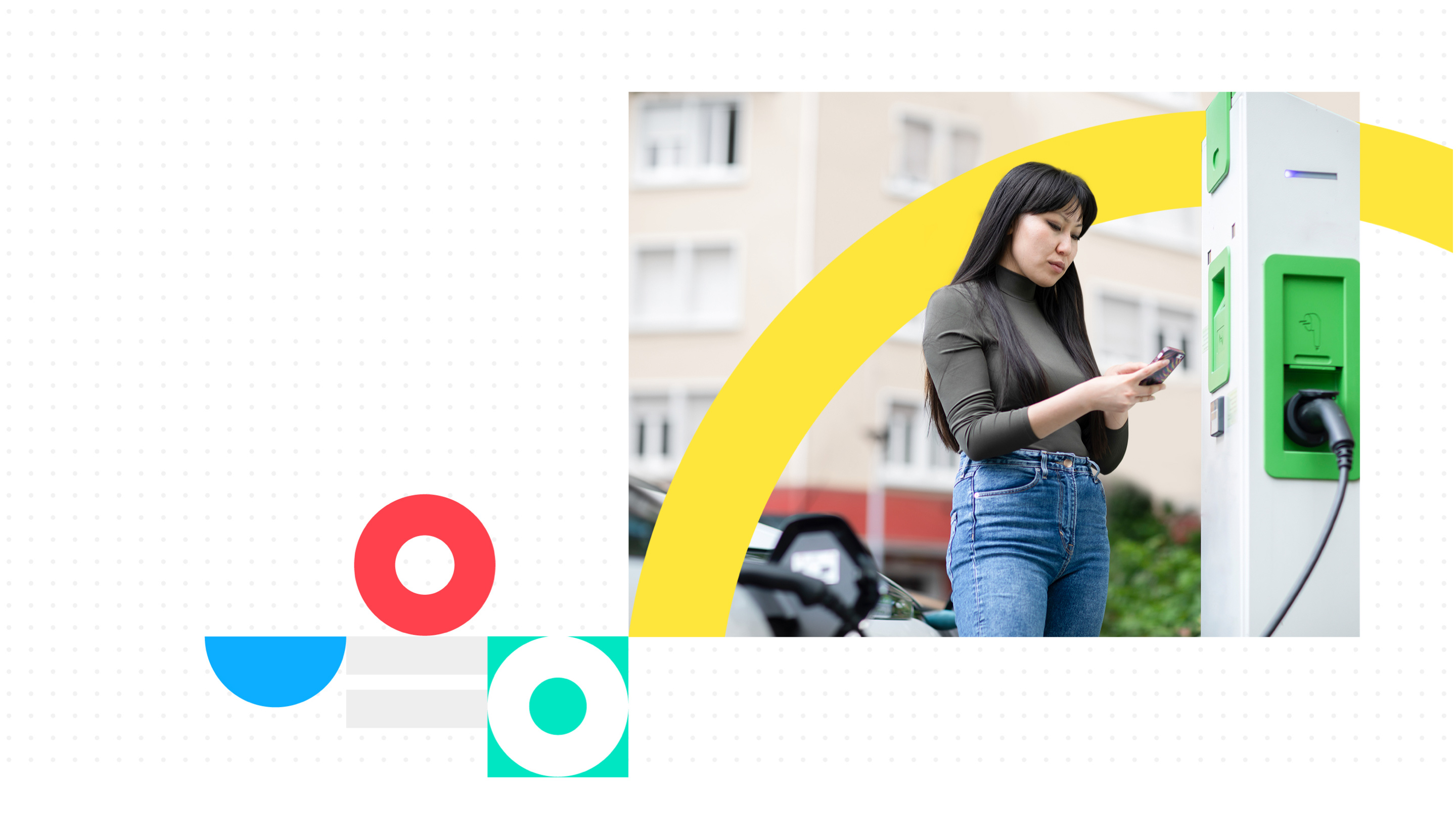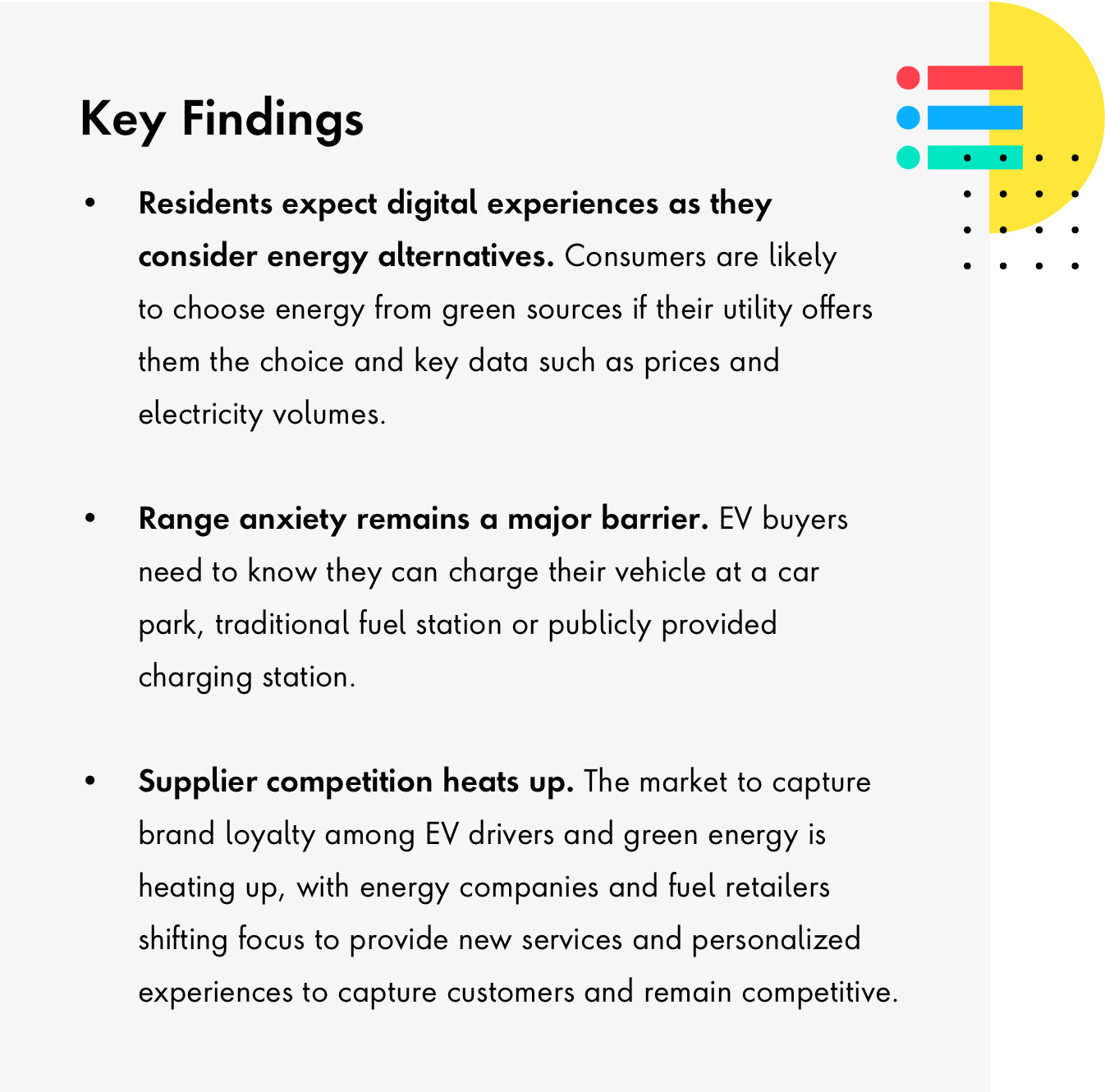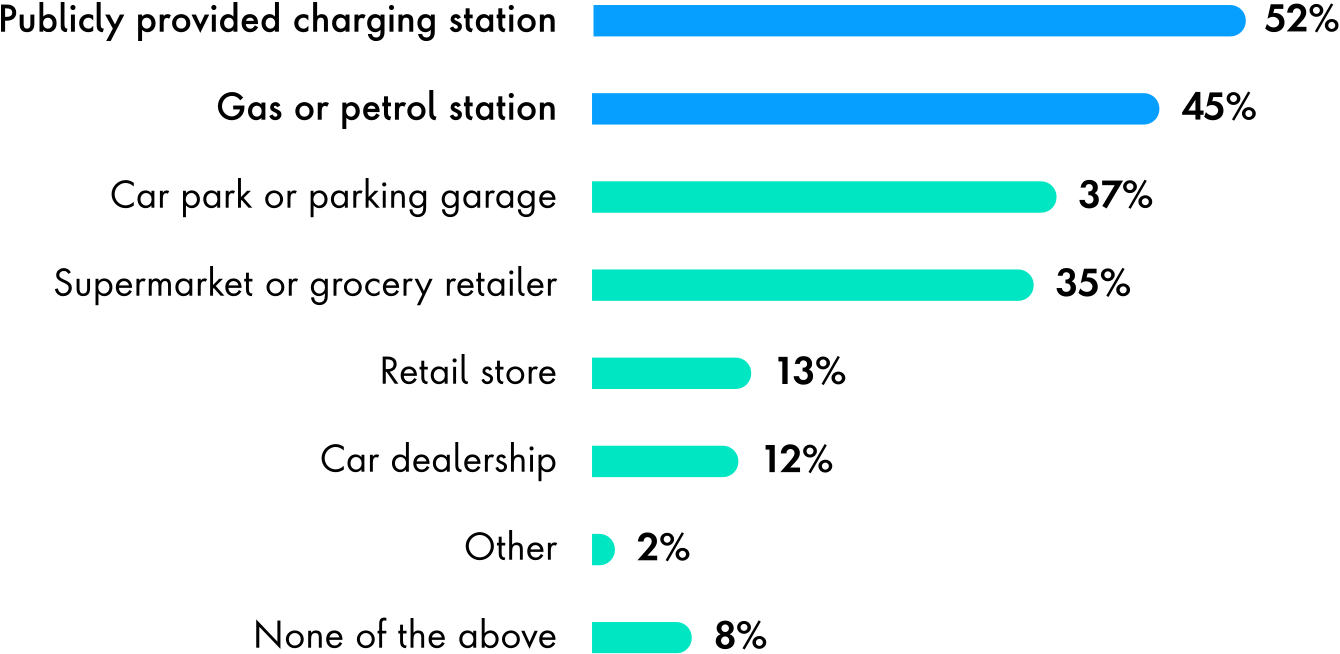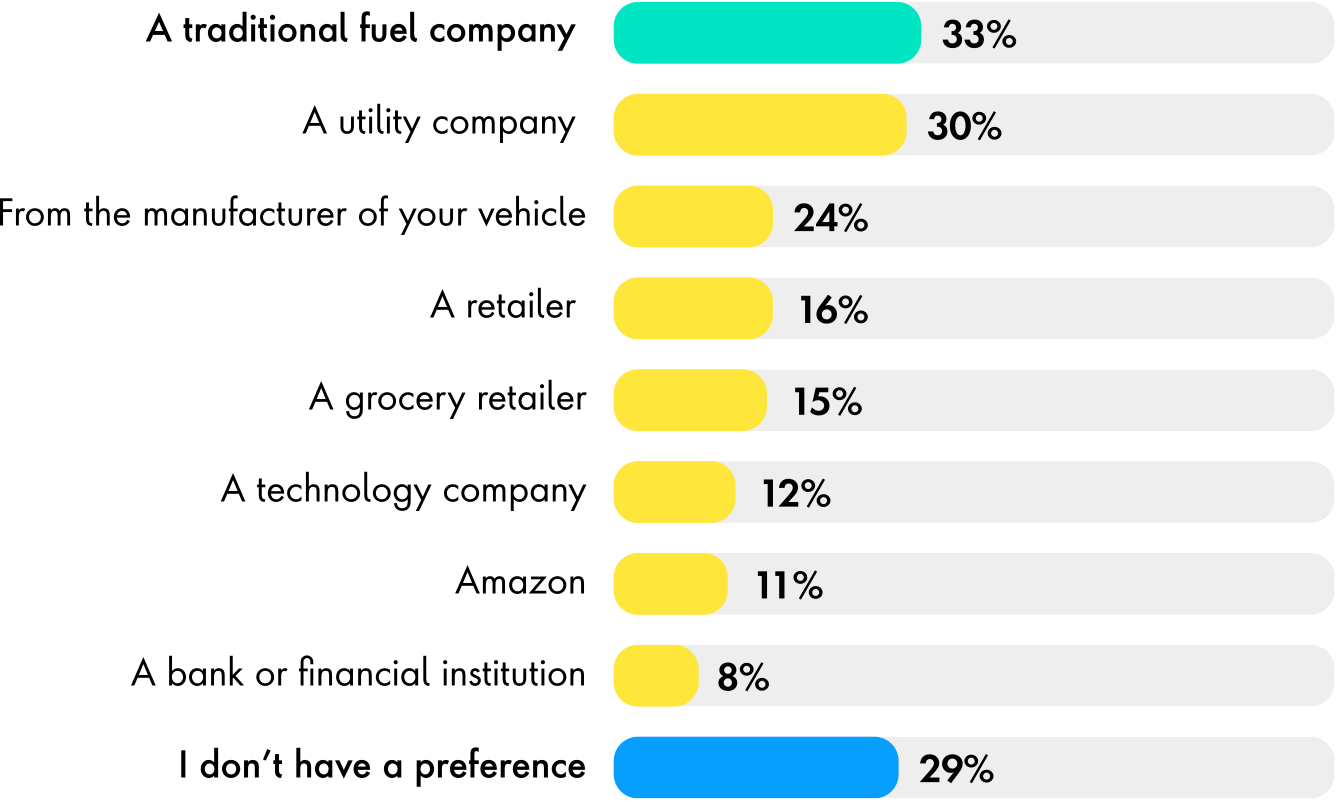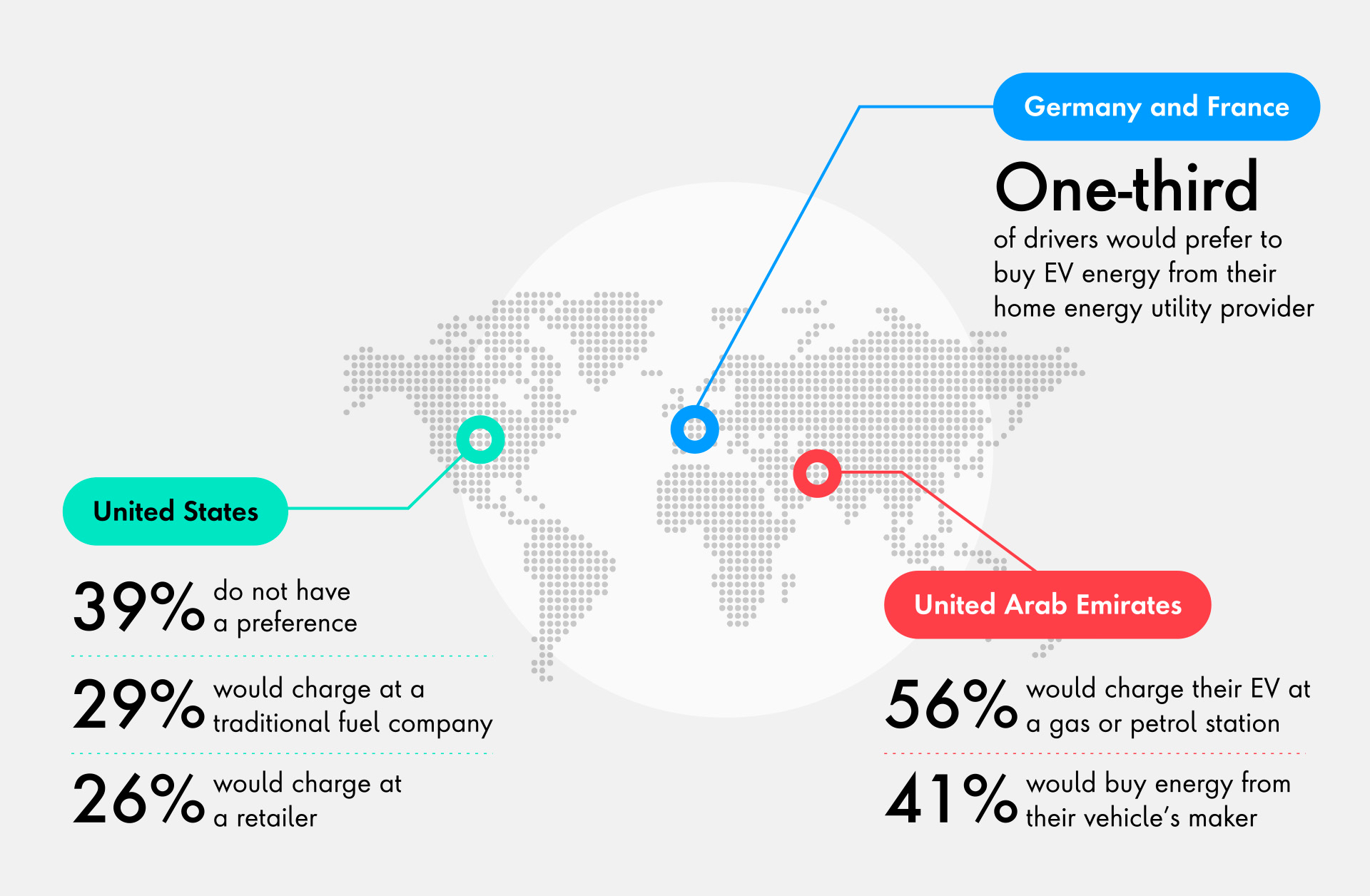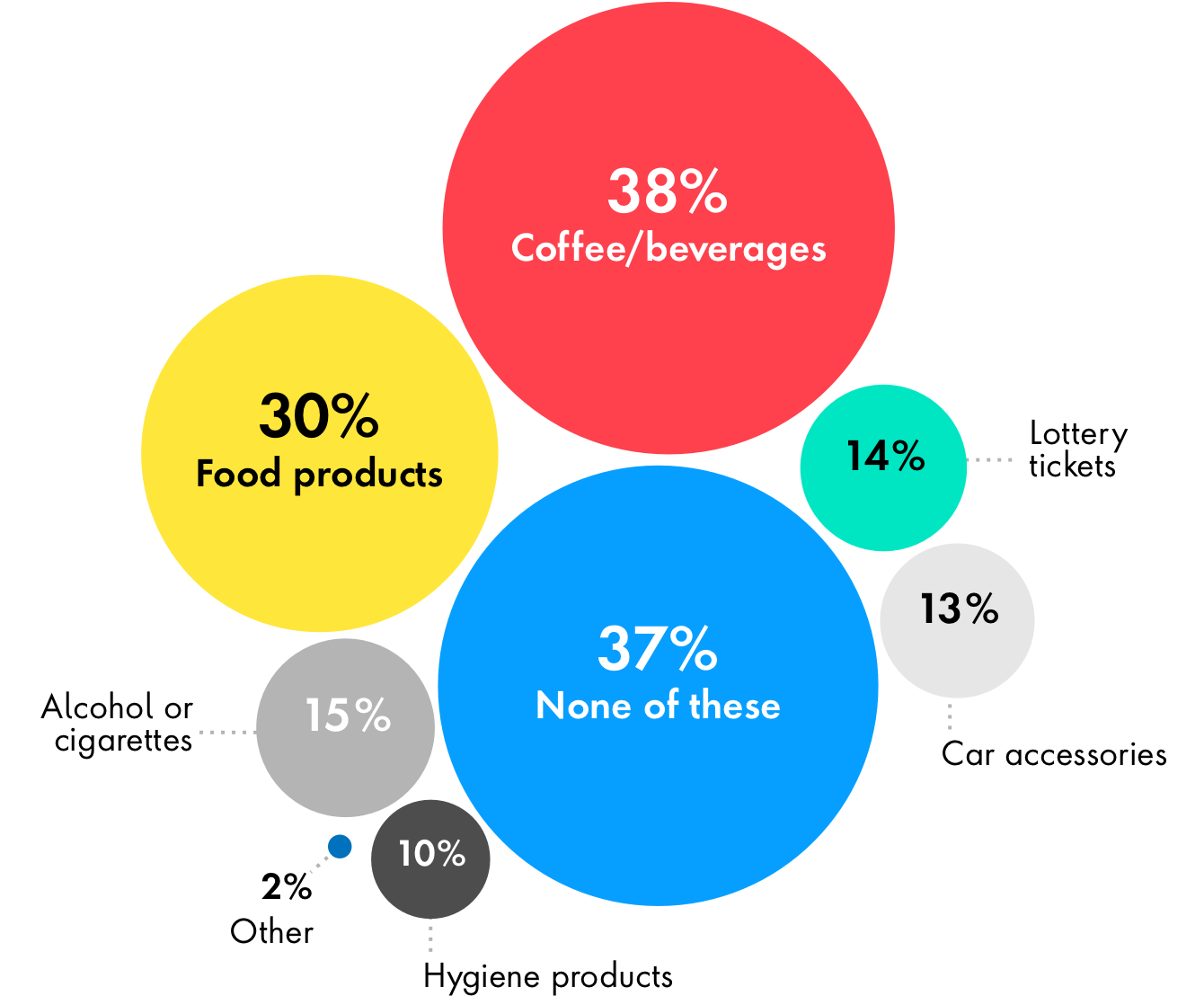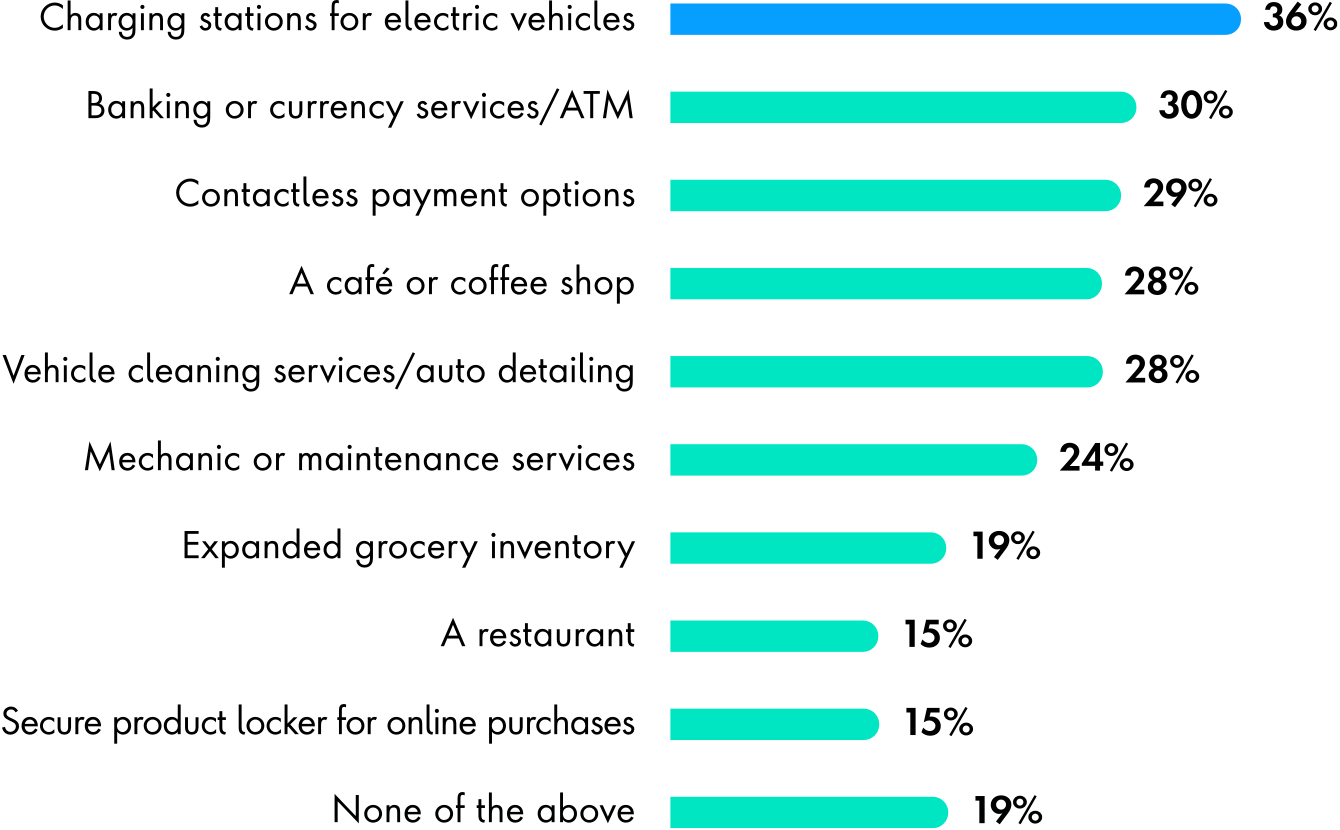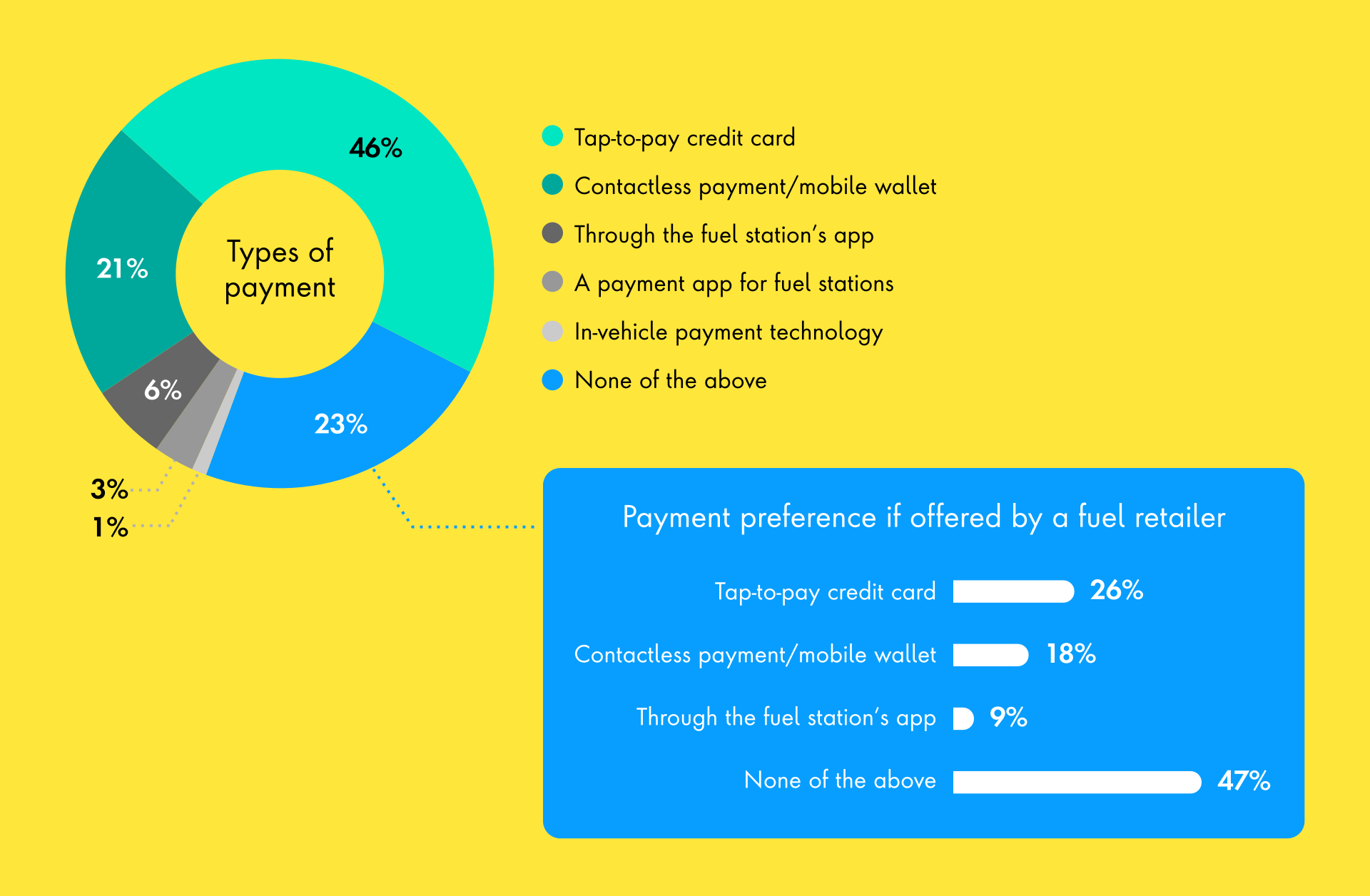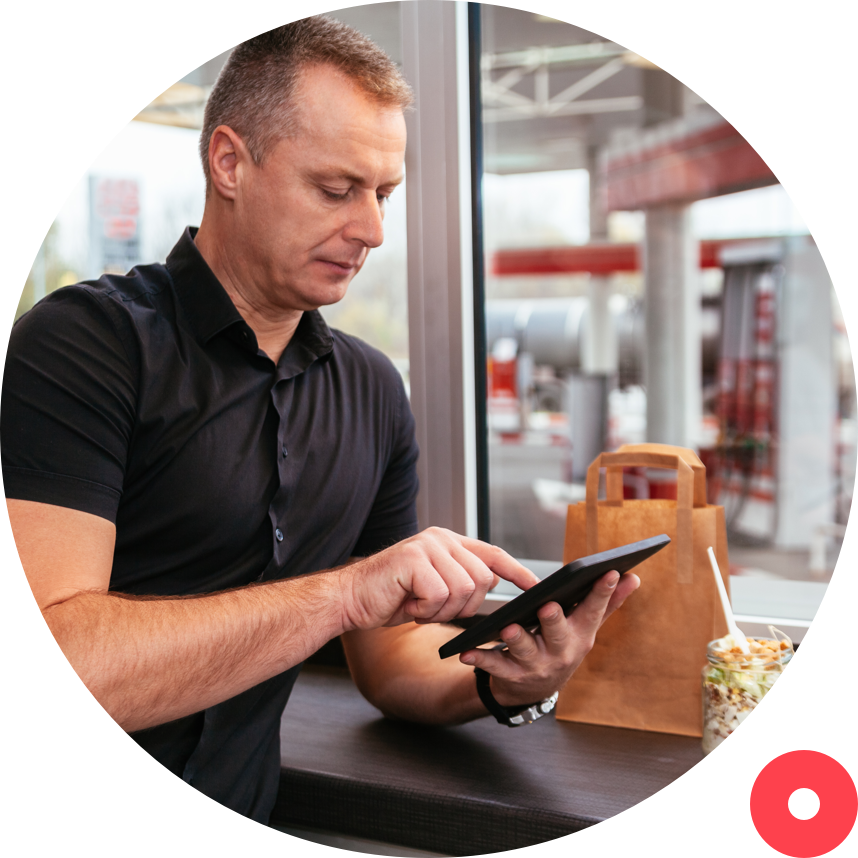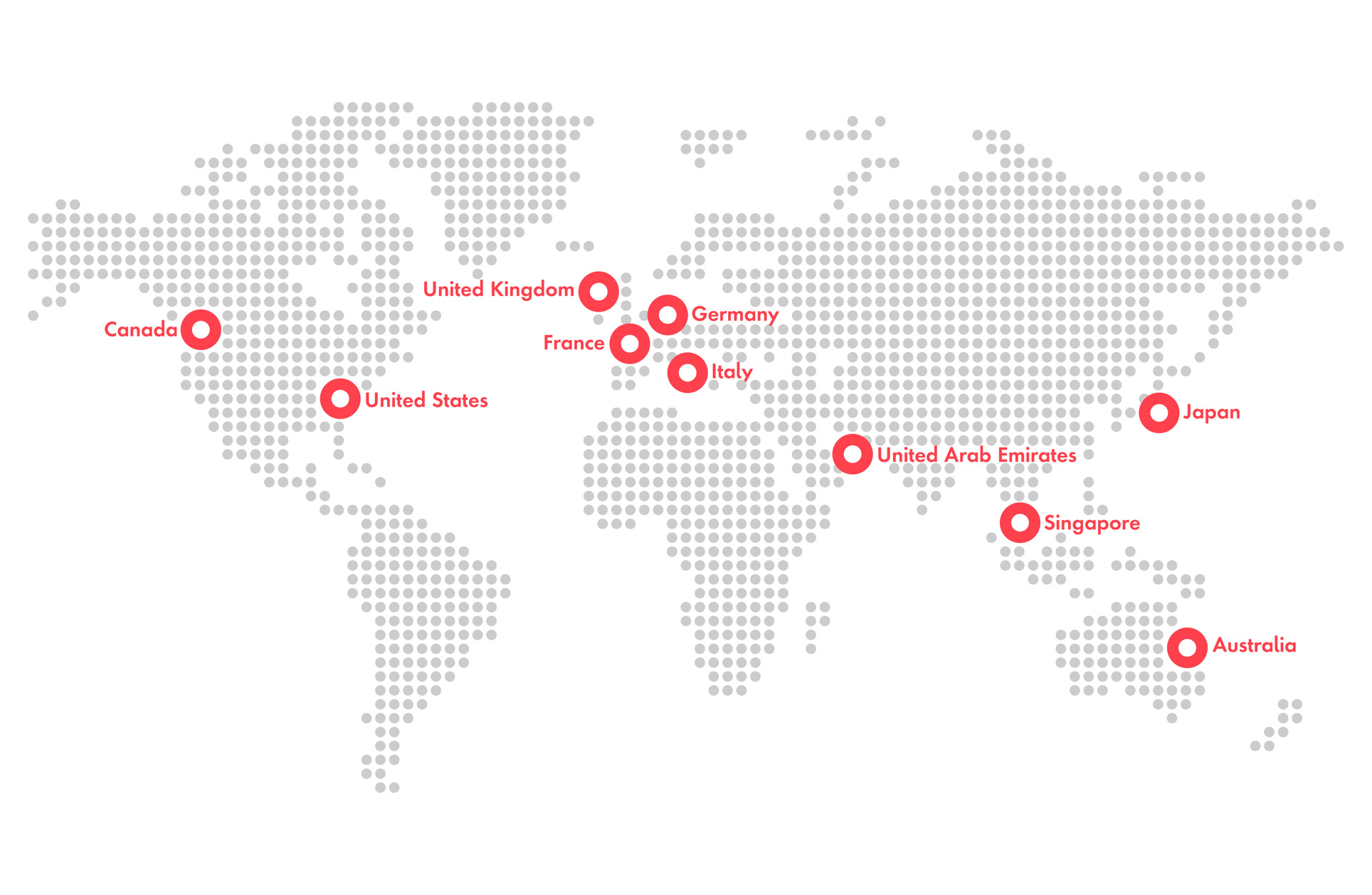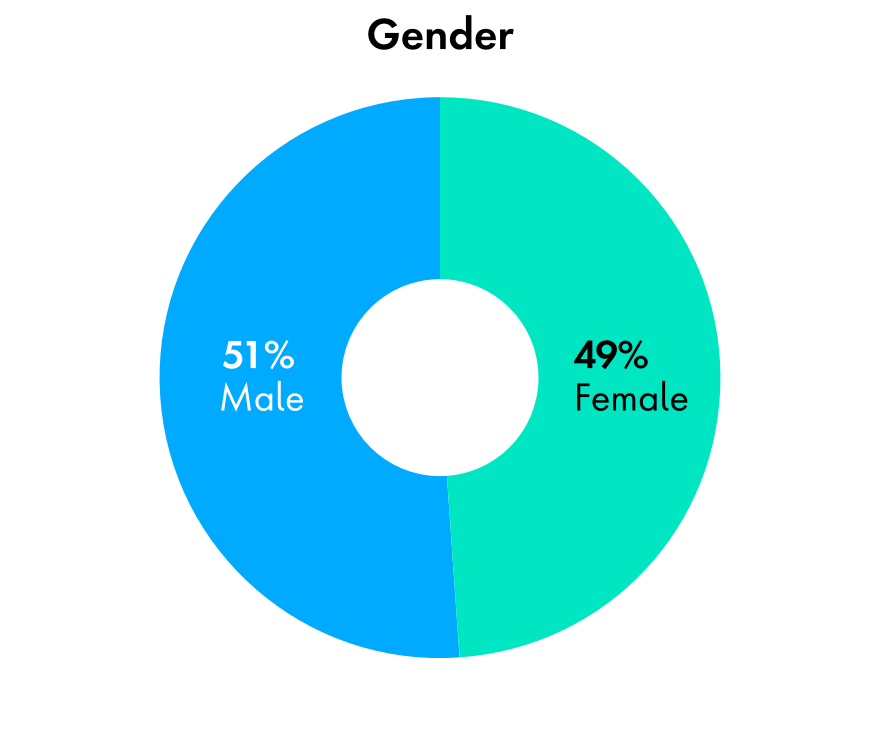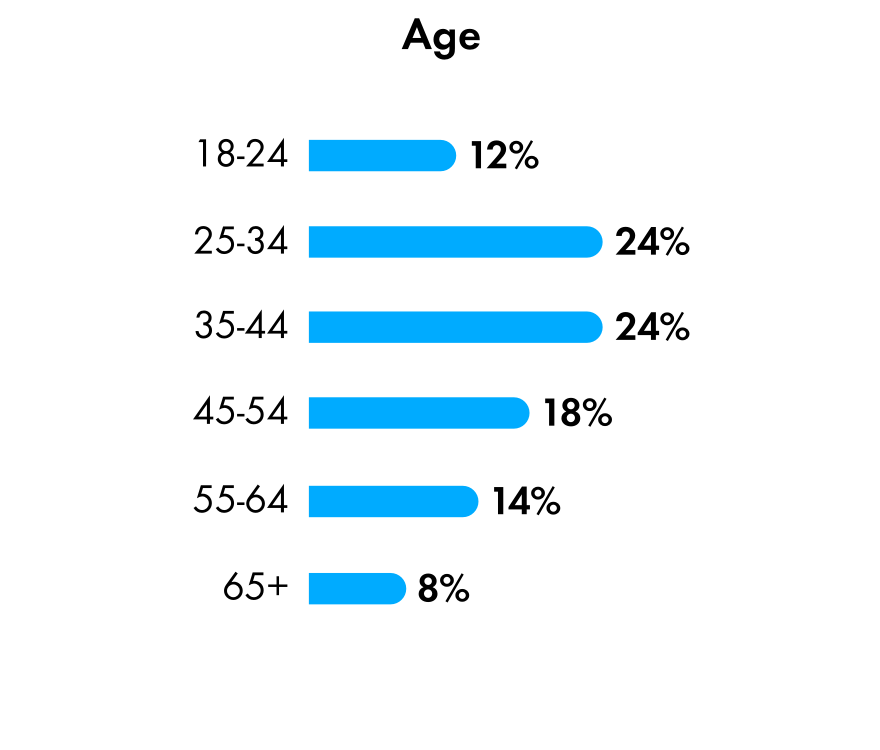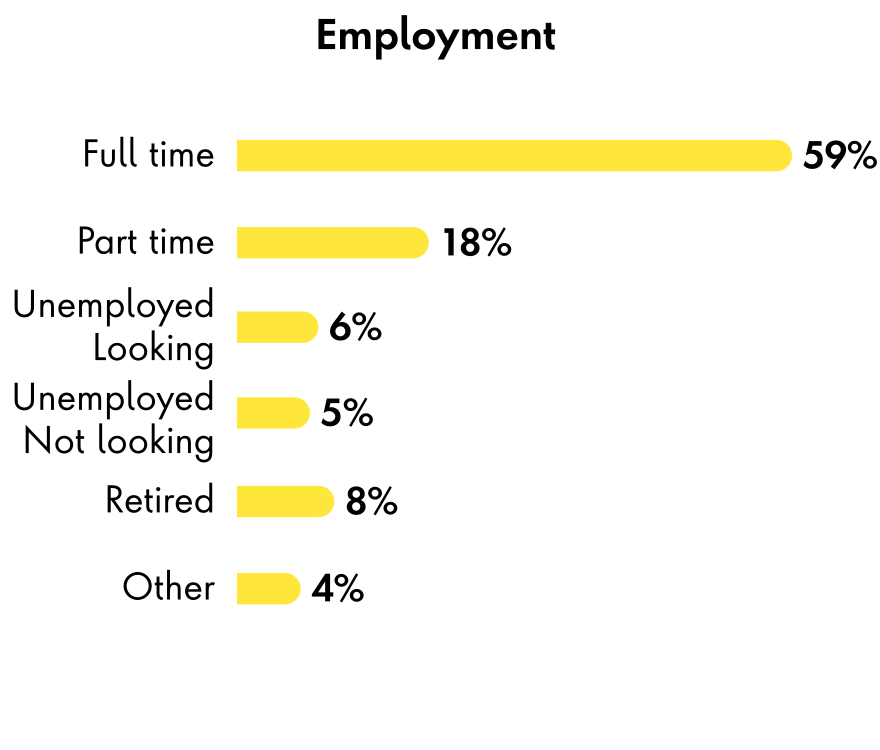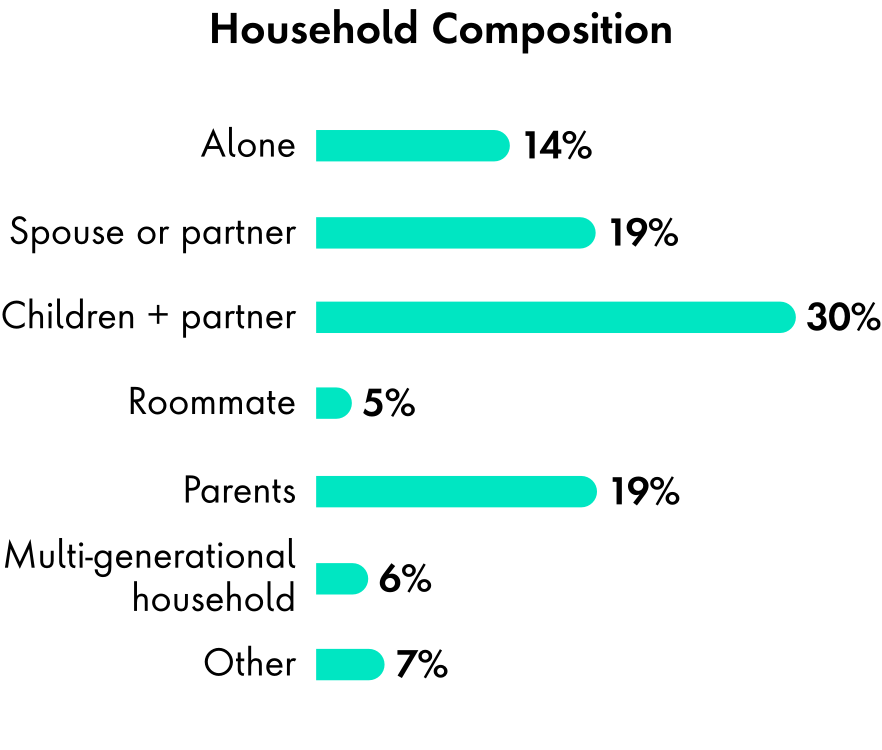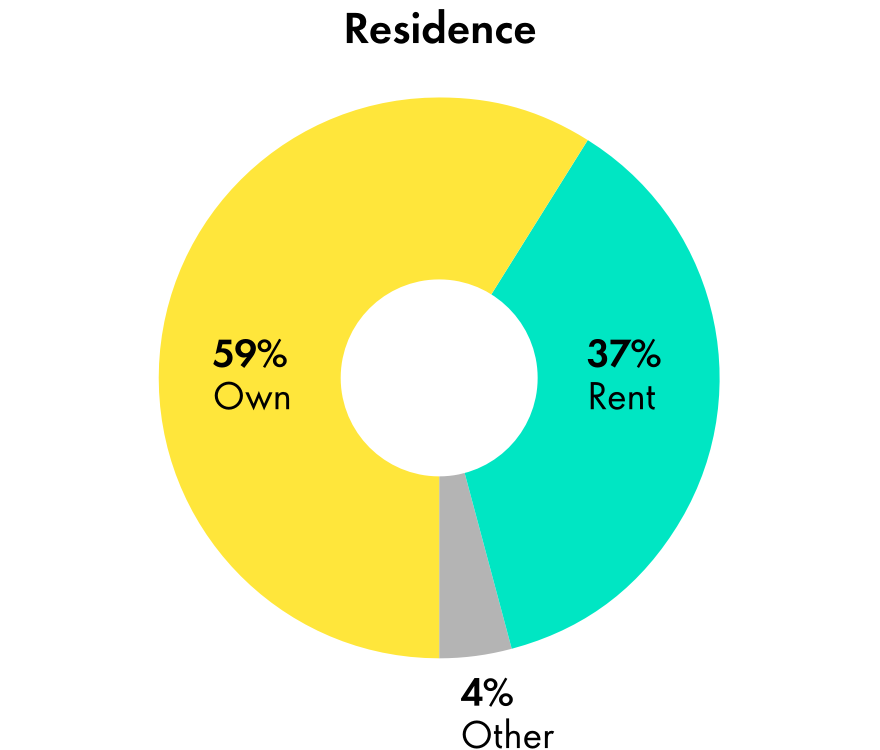The pandemic is a reminder of how essential home energy is to domestic life – nobody would like to imagine quarantine life without electricity.
When commercial power users like offices, schools, shops and factories closed due to shutdowns, utilities witnessed how lockdown life affected their electricity supply. Weekday patterns of consumption started to resemble a quiet Sunday. Offsetting the silence that fell across trade and transport was a demand spike in the residential sector.
Home energy usage in the U.S. increased 22 percent overall since COVID-19 and total residential demand is up throughout the day. Mid-day energy consumption increased 35 percent compared to 2019, and the “duck curve” typically seen in home energy consumption on an average weekday flattened as people shelter in place.
Not only did households use more electricity, consumption patterns shifted noticeably. For example, UK utility National Grid found that TV pickups made a comeback – the Queen’s address on April 5, 2020 attracted 24 million viewers. This viewing figure affected electricity usage with a 500-600MW pickup at the end of the Queen’s address.
As consumers become central actors in the energy market, they will expect flexibility and new types of services integrated alongside other digital services they receive via apps or online.

